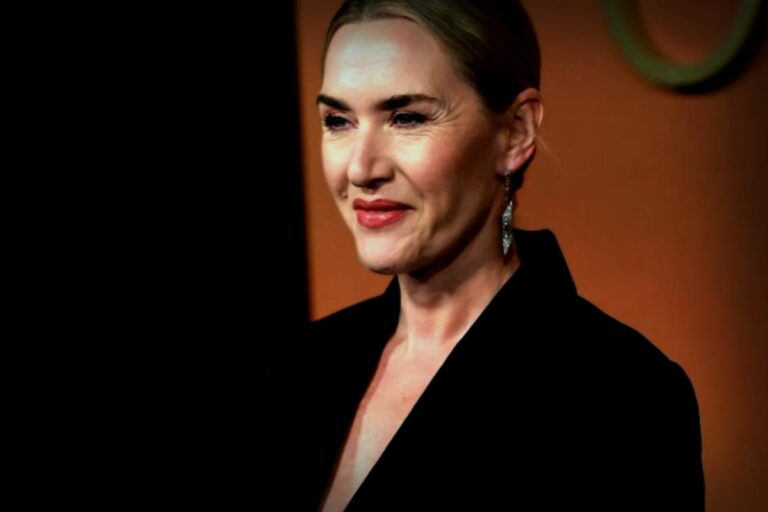Last year, I embarked on a journey for my book, Healthy to 100: How Strong Social Ties Lead to Long Lives, visiting five of the healthiest countries in the world: Singapore, Japan, South Korea, Italy, and Spain. My goal? To learn how these nations keep older adults vibrant, involved, and in good health.
What made me choose these specific places? Well, they boast some of the longest healthy life expectancies worldwide—often beating the U.S. by nearly a decade. Each of these countries also faces unique challenges. For instance, Singapore is known for its hot climate as well as its fiercely competitive work culture, while Spain grapples with high rates of obesity and smoking. If they can thrive, I firmly believe we can, too.
During my visit to a community center in Kanazawa, Japan, I found older adults teaching, volunteering, managing restaurants, and spending time with the younger crowd and individuals with Down syndrome. Meanwhile, in South Korea, lifelong learning is even part of the Constitution! Singapore is busy creating a “health district,” while Italy leans into the productivity and wisdom of seniors through volunteerism.
Impressed by these innovative approaches to aging, I’ve decided to adopt five new practices to live a longer, happier life.
1. I’ll plan ahead for my future
In these countries, the concept of “old age” is flexible, based on life circumstances rather than strict numbers. With my current age of 62, I can definitely enjoy another couple of fruitful decades. Unlike many, I intend to plan this next chapter of my life with just as much commitment as I did in my first 20 years.
Initially, my career focused on managing creative teams. It wasn’t until I was in my 50s that I realized how fulfilled I felt when I was the one crafting stories. Over the past ten years, I’ve penned three books, launched my own podcast, created two weekly newsletters, and even started an Instagram video channel called GrandPeople.
Often, society expects us to stop striving after 60, but I firmly believe my next two decades can be as fulfilling and significant as the last!
2. Rethinking my approach to work
Look at Japan—the nation boasts the highest number of senior workers globally, many of whom aren’t just chasing paychecks. They’re seeking purpose, connection, and happiness, often working part-time and on their terms.
During my time there, I saw seniors engaged in a variety of jobs—operating candy assembly lines, managing machinery inventories, driving taxis, and leading tours. This inspiring example encouraged me to redefine my own work plans. I’ll continue writing and sharing my stories, perhaps streamlining my newsletters instead of committing to a rigorous schedule. Finding balance is key—I want to continue working in a way that aligns with my desired lifestyle.
3. Connecting with all age groups
While so many Americans overlook intergenerational relationships as vital for public health, other nations understand it’s crucial. Numerous global studies link these connections to benefits like greater happiness, enhanced well-being, and better mental and physical health.
Despite the U.S. being labeled one of the most age-segregated countries worldwide, opportunities for shared spaces do exist—be it in workplaces, neighborhoods, or through volunteer work.
I intend to actively seek ways to connect with younger folks and nurture friendships across generations. Possibly, I might even contemplate moving to a facility like Mirabella at Arizona State University or Gorham House in Maine that Intermingles a nursing home with a preschool.
4. Prioritizing meaningful interactions over mindless scrolling
Research highlights a major drop in valuable time spent with friends in the U.S., while our screen time skyrockets. However, this trend doesn’t need to continue. I admired how Italians effortlessly savor meals and quality time with family, choosing face-to-face interaction over excessive internet use.
This insight solidifies how essential positive relationships are—more important than career successes, wealth executive appearances, or even clean diets, as indicated by a long-standing Harvard study that reveals that supportive connections matter most for lasting happiness.
As a small step toward this, I aim to instigate more family meals that are phone-free, and take breaks from incessant scrolling through news and social media that often derails important conversations.
5. Commitment to lifelong learning
Studies prove that continual learning is a tremendous asset for healthy aging. Many places offer free or budget-friendly educational programs for seniors, and I’m eager to tap into those resources.
As I contemplate my next literary venture, enrolling in a writing course through an Osher Lifelong Learning Institute is on my radar. These unique programs align with local universities; for me, the nearest one is at American University and they offer varied courses.
Regardless of the class I take, I envision each session to be in-person. Face-to-face interactions massively enhance social connections and longevity.
Ken Sternis a nationally renowned longevity and aging expert. He founded the Longevity Projectand presents the popular “Century Lives” podcast at Stanford’s Center on Longevity. His most recent work, Healthy to 100: How Strong Social Ties Lead to Long Lives, adds more insight to his philosophy. Additionally, he is the former CEO of NPR.




















